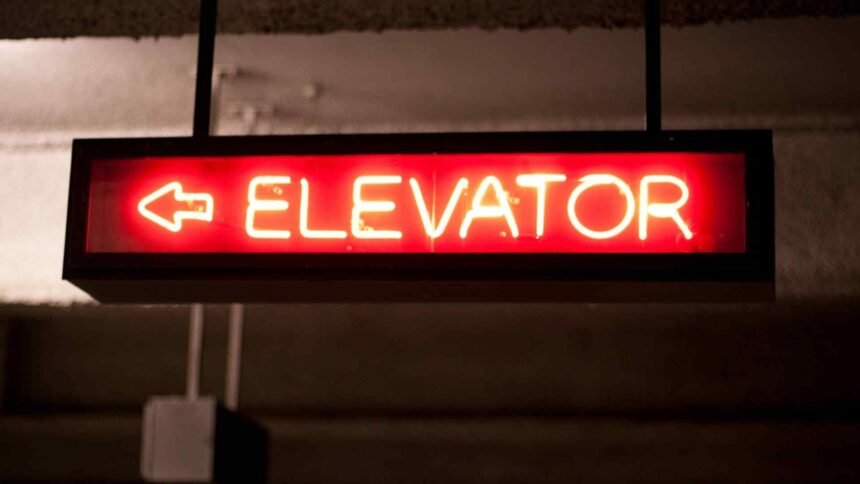As cities grow taller and denser, the need for efficient vertical transportation has become critical. Traditional elevators, which have served buildings for over 160 years, are reaching their limits in supertall skyscrapers and complex urban hubs. Multi-directional elevators, which can travel vertically, horizontally, and diagonally, are emerging as a transformative solution.
The Evolution of Vertical Transport
Elevators have come a long way since the first commercial elevator was installed by Otis in 1857. Early safety devices prevented falls, enabling the rise of skyscrapers. By the 20th century, automated control systems improved efficiency, and in recent decades, software and AI have further reduced wait times. However, as buildings exceed 300 meters, traditional elevators, which rely on cables and vertical shafts, consume significant space—often 20-40% of a building’s floor area—and struggle to handle high traffic.
To address these challenges, engineers have developed multi-directional elevators. These systems use linear motor technology, similar to Maglev trains, to move elevator cars along tracks without cables. This allows for unprecedented flexibility in movement and building design.
Understanding Multi-Directional Elevators
Multi-directional elevators break free from the vertical-only constraint of traditional systems. They operate using linear motors, which propel cars along a magnetic track, enabling vertical, horizontal, and diagonal movement within a single shaft. Multiple cars can travel in the same shaft, increasing capacity and reducing the need for multiple shafts.
The leading example is TK Elevator’s MULTI system, introduced in 2017 at a 232-meter test tower in Rottweil, Germany. The system reduces elevator cabin weight by up to 50% and can increase usable building space by up to 25%, according to industry reports. It also uses up to 60% less peak energy, making it a sustainable option.
Development and Testing
TK Elevator began developing MULTI in 2014, unveiling a scale model in 2015. By 2017, a fully functional prototype was operational at the Rottweil test tower, which features 12 shafts for testing speeds up to 10 meters per second. The tower remains a hub for refining the technology and obtaining safety certifications.
The first planned commercial installation was for Berlin’s East Side Tower, expected to be completed in 2019. However, as of 2025, no widespread installations outside testing sites have been confirmed, suggesting ongoing challenges in scaling the technology.
Benefits of Multi-Directional Elevators
Multi-directional elevators offer significant advantages:
| Benefit | Description |
| Space Efficiency | Reduces the number of shafts needed, increasing usable floor space by up to 30%. |
| Increased Capacity | Multiple cars in one shaft handle more passengers, reducing wait times. |
| Energy Efficiency | Uses up to 60% less peak energy, with regenerative drives for sustainability. |
| Architectural Flexibility | Enables creative building designs without vertical shaft constraints. |
| Urban Mobility | Potential to connect transit hubs, like metro stations, for seamless movement. |
These benefits make multi-directional elevators ideal for supertall buildings and complex urban environments. For example, they could link metro platforms to street-level offices, easing congestion in cities like London or Dubai.
Broader Innovations in Vertical Transport
Beyond multi-directional elevators, other innovations are reshaping vertical transport:
- High-Speed Elevators: Systems reaching speeds over 20 meters per second reduce travel time in skyscrapers.
- Smart Elevators: AI and IoT optimize traffic flow, with destination dispatch systems cutting wait times by up to 50% in some cases.
- Sustainable Designs: Regenerative drives and eco-friendly materials lower energy use, aligning with green building standards.
- Safety Enhancements: Real-time monitoring and automated emergency systems improve reliability and passenger confidence.
These advancements complement multi-directional elevators, creating a more efficient and sustainable vertical transport ecosystem.
Challenges to Adoption
Despite their promise, multi-directional elevators face hurdles:
- High Costs: The MULTI system reportedly costs five times more than conventional elevators, limiting its appeal.
- Safety Certifications: Rigorous testing is needed to ensure safety for multi-directional movement, delaying commercial rollout.
- User Trust: Like early elevators, convincing passengers to trust a system that moves sideways may take time.
- Installation Limits: The technology is only feasible for new buildings, as retrofitting is impractical.
These challenges suggest that widespread adoption may still be years away, particularly as costs and certifications remain barriers.
Future Prospects
The future of vertical transport is exciting, with multi-directional elevators poised to play a key role. Potential developments include:
- AI Integration: Combining MULTI with AI and IoT could optimize traffic and energy use, such as storing cars during low-traffic periods.
- Sustainability: Continued focus on eco-friendly materials and energy-efficient systems will align with global climate goals.
- Urban Applications: Multi-directional elevators could transform transit hubs, connecting platforms and buildings in cities like Shanghai or Dubai.
- Cost Reduction: As technology matures, costs may decrease, making the systems more accessible.
Antony Wood, executive director of the Council on Tall Buildings and Urban Habitat, called MULTI “perhaps the biggest development in the elevator industry since the safety elevator.” Its potential to reshape building design and urban mobility is undeniable.
Multi-directional elevators, exemplified by TK Elevator’s MULTI system, represent a bold step forward in vertical transportation. By enabling movement in all directions, they address the spatial, efficiency, and sustainability challenges of modern cities. While high costs and safety certifications have slowed adoption, with no major commercial installations reported by 2025, the technology’s potential is immense. As innovations in high-speed, smart, and sustainable elevators continue to evolve, the future of vertical transport promises to be more flexible, efficient, and environmentally friendly, paving the way for smarter urban landscapes.






